Guitar Class #5: Read and Play | Clases de Guitarra #5: Lee y Toca (2/4)
3
About :
Next class | Siguiente clase
Previous class | Clase anterior
ESPAÑOL
Bienvenidos una vez más a nuestras clases de guitarra en la Hive Blockchain.
Hoy continuaremos con los ejercicios de lectura en el pentagrama y la tablatura. Esta vez veremos dos grupos de notas distintas a las utilizadas en la clase anterior, pero mantendremos algunos conceptos. Por ejemplo, en cuanto a la rítmica, usaremos las mismas figuras.
En este video he recopilado todos los ejercicios, así que bien podrías abordar esta clase de tres formas distintas:
Mira el video e intenta seguir todas las lecciones a la primera. Luego corrige los detalles con la información que encontrarás en esta descripción.
Repasa las instrucciones y asegúrate de tener todo claro, en cuanto al solfeo (lectura musical), la rítmica, la digitación, etc. Luego ve el video y practica.
Lee y mira el video simultáneamente. Repasa la descripción de un ejercicio y luego míralo en el video, y así hasta el final.
Por último, recuerda: Puedes dividir tu proceso de aprendizaje en tres objetivos perfección, velocidad y contenido. Selecciona solo dos de ellos mientras sacrificas otro. Por ejemplo, toca con velocidad y toda la lección, pero no perfecto. O toca todo completo y a la perfección, pero sin velocidad. Alterna este enfoque durante tu estudio y ten mucha paciencia.
Sin más, Empecemos.
ENGLISH
Welcome once again to our guitar lessons at the Hive Blockchain.
Today we will continue with the staff reading and tablature exercises. This time we will look at two different groups of notes than the ones used in the previous class, but we will keep some concepts. For example, as for the rhythmic, we will use the same figures.
In this video I have compiled all the exercises, so you might as well approach this class in three different ways:
Watch the video and try to follow all the lessons the first time. Then correct the details with the information you will find in this description.
Go through the instructions and make sure you are clear on solfège (music reading), rhythm, fingering, etc. Then watch the video and practice.
Read and watch the video simultaneously. Go through the description of an exercise and then watch it on the video, and so on until the end.
Finally, remember: You can divide your learning process into three goals perfection, speed and content. Select only two of them while sacrificing another. For example, play with speed and the whole lesson, but not perfect. Or play everything complete and perfectly, but not at speed. Alternate this approach during your study and be very patient.
Without further ado, let's get started.
First Part | Primera Parte

Dividiremos esta clase en dos partes. En la primera usaremos las notas LA, SI, DO, RE y MI.
Habrás notado que algunos nombres de la clase anterior se repiten, pero están ubicados en lugares distintos del pentagrama. Esto es porque, aunque se llamen igual, estas notas son más aguda. Recuerda: mientras más arriba del pentagrama, más agudo. Mientras más abajo, más grave.
Asegúrate de fijar en qué línea o espacio se encuentra cada una y memorízalo lo mejor que puedas.
Apóyate de la tablatura para ubicar cada nota en la guitarra.
En este primer ejercicio usaremos redondas, cada una durará cuatro pulsos.
We will divide this lesson in two parts. In the first one we will use the notes LA, SI, DO, RE and MI.
You may have noticed that some of the names from the previous lesson are repeated, but they are located in different places on the staff. This is because, even though they are named the same, these notes are higher pitched. Remember: the higher up the staff, the higher the pitch. The lower the staff, the lower the pitch.
Be sure to note which line or space each one is on and memorize it as best you can.
Use the tablature to locate each note on the guitar.
In this first exercise we'll use whole notes, each one will last four beats.

Repasa cada nota y trata de tocarla conforme aparece en el pentagrama. Aprovecha la duración para recordar que nota viene a continuación.
Review each note and try to play it as it appears on the staff. Use the duration to remember which note comes next.

Las blancas valen dos pulsos. La transición es algo más rápida, pero aún puede darte tiempo de recordar la siguiente nota. Recuerda hacer los cuatro pulsos de la última redonda.
Half notes are worth two beats. The transition is a little faster, but it may still give you time to remember the next note. Remember to do the four beats of the last whole note.

Mucha atención a los saltos entre cuerdas. Por ejemplo, en el primer compas de la tercera a la primera cuerda. Procura alternar entre índice y medio.
Pay attention to the jumps between strings. For example, in the first bar from the third to the first string. Try to alternate between index and middle.

Las negras valen un pulso cada una, trata de igualar el tiempo del metrónomo.
The quarter notes are worth one beat each, try to match the metronome time.

Este es el primer reto. Si se hace complicado, puedes intentar hacerlo sin el video. Si tienes un metrónomo cambia la velocidad a 40bpm o menos, y ve aumentando gradualmente la velocidad.
This is the first challenge. If it gets complicated, you can try doing it without the video. If you have a metronome change the speed to 40bpm or less, and gradually increase the speed.
Second Part | Segunda Parte

Aquí repetimos todos los nombres de las notas que usamos en la clase anterior, pero una octava más aguda. Usaremos el primer espacio adicional superior que corresponde con la nota SOL.
Here we repeat all the note names we used in the previous lesson, but one octave higher. We will use the first upper extra space corresponding to the note SOL.

Ten mucho cuidado de no golpear la primera cuerda con demasiada fuerza, esto podría ocasionar que el sonido no sea del todo limpio.
Be very careful not to hit the first string too hard, this could cause the sound to be not quite clean.

Para un sonido más limpio, trata de pulsar cerca de la línea inferior del traste. Si tocas justo en medio del traste, el sonido no será de calidad.
For a cleaner sound, try to play near the bottom fret line. If you play right in the middle of the fret, the sound will not be of quality.

Puedes intentar adelantarte a la siguiente nota. Por ejemplo, en el primer compás, empiezas con un DO en el primer traste de la segunda cuerda, luego haces un MI con la primera cuerda al aire. Mientras esta última nota suena, puedes colocar de una vez el dedo en el tercer traste de la segunda cuerda que es donde harás el RE del siguiente compas.
You can try to get ahead of the next note. For example, in the first bar, you start with a DO on the first fret of the second string, then make an MI with the first string in the air. While this last note is sounding, you can place your finger at once on the third fret of the second string, which is where you will make the RE of the next bar.


Estos dos últimos ejercicios dan por finalizado esta clase. Recuerda, si se te complican estos o algunos de los otros ejercicios puedes usar el tiempo del metrónomo más lento que quieras. El tiempo de todos estos ejercicios es 60bpm.
Si no tienes un metrónomo a la mano, pulsa aquí. O escribe "metrónomo" en el buscador de Google y te aparecerá uno muy sencillo.
These last two exercises are the end of this class. Remember, if these or any of the other exercises get complicated you can use the slowest metronome time you want. The tempo for all these exercises is 60bpm.
If you don't have a metronome handy, click here. Or type "metronome" in the Google search engine and you will get a very simple one.
Eso es todo por hoy. Recuerda que si tienes alguna duda puedes dejármela en los comentarios. Si te gusta este contenido, recuerda dejar tu voto y compartirlo con tus amigos.
Gracias por leer. Nos vemos en la siguiente clase.
That's all for today. Remember that if you have any questions you can leave them in the comments. If you like this content, remember to leave your vote and share it with your friends.
Thanks for reading. See you in the next class.
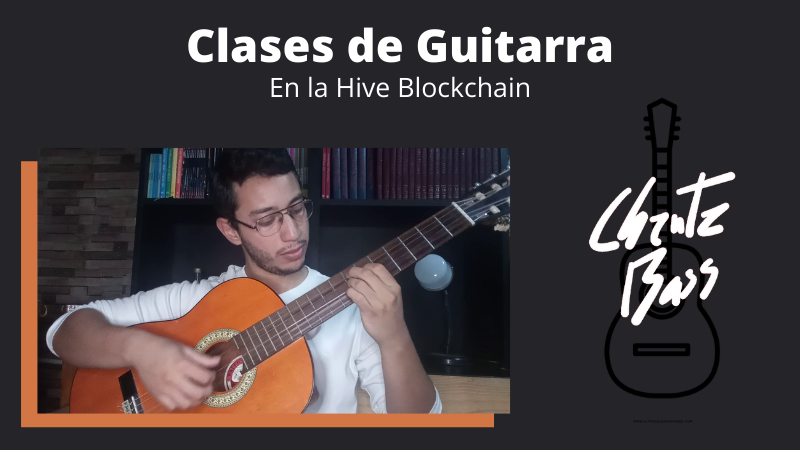
Next class | Siguiente clase
Previous class | Clase anterior
Tags :
Their limit for today is $0!
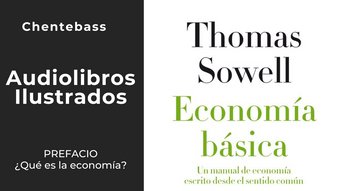
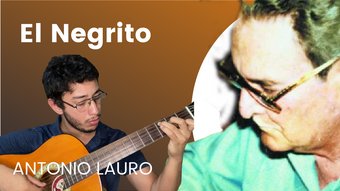

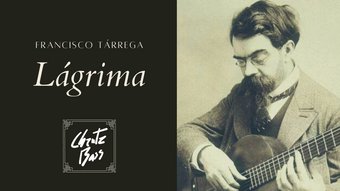




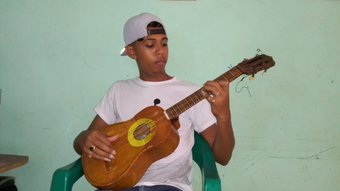
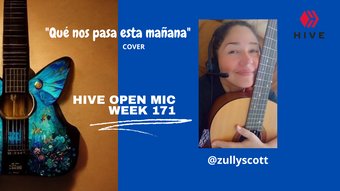

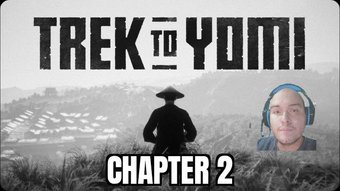
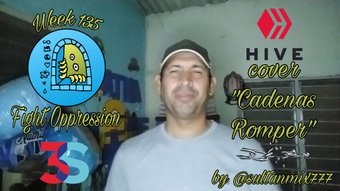


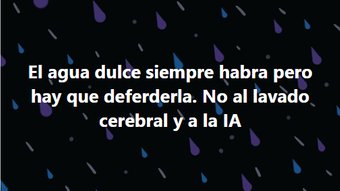


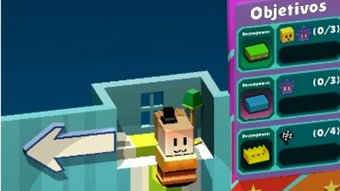




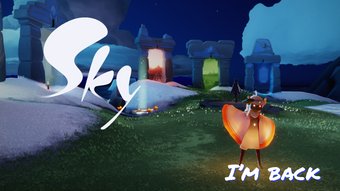
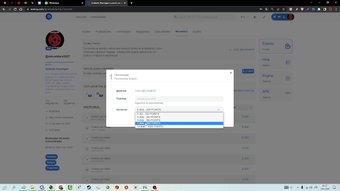
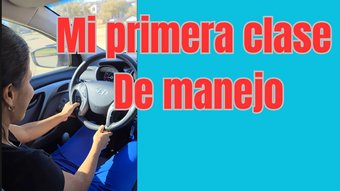
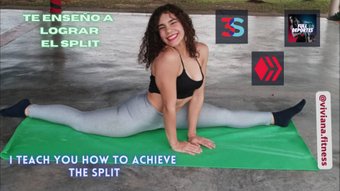



Comments:
Reply:
To comment on this video please connect a HIVE account to your profile: Connect HIVE Account